 by our College Data Analytics Team
by our College Data Analytics TeamHere, you'll find out more about the major, including such details as the number of graduates, what degree levels are offered, ethnicity of students, average salaries, and more. We've also included details on how UCSB ranks compared to other colleges offering a major in conservation.
Jump to any of the following sections:
UCSB is in the top 10% of the country for conservation. More specifically it was ranked #14 out of 242 schools by College Factual. It is also ranked #5 in California.
During the 2021-2022 academic year, University of California - Santa Barbara handed out 318 bachelor's degrees in natural resources conservation. This is a decrease of 16% over the previous year when 377 degrees were handed out.
In 2022, 90 students received their master’s degree in conservation from UCSB. This makes it the #5 most popular school for conservation master’s degree candidates in the country.
In addition, 3 students received their doctoral degrees in conservation in 2022, making the school the #40 most popular school in the United States for this category of students.
Conservation majors who earn their bachelor's degree from UCSB go on to jobs where they make a median salary of $33,759 a year. Unfortunately, this is lower than the national average of $34,020 for all conservation students.
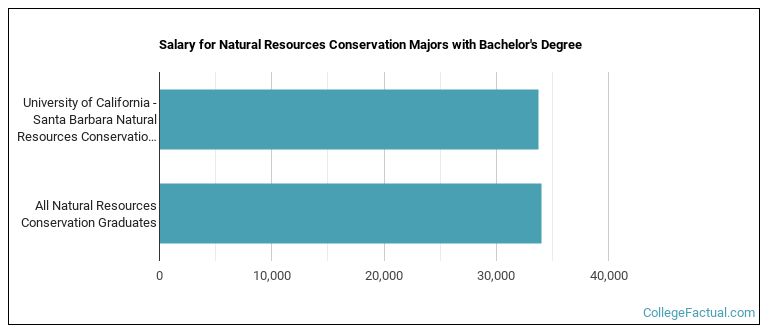
While getting their bachelor's degree at UCSB, conservation students borrow a median amount of $43,666 in student loans. This is higher than the the typical median of $28,049 for all conservation majors across the country.

The typical student loan payment of a bachelor's degree student from the conservation program at UCSB is $384 per month.
The average full-time tuition and fees for undergraduates are shown in the table below.
| In State | Out of State | |
|---|---|---|
| Tuition | $11,834 | $42,611 |
| Fees | $3,131 | $3,131 |
| Books and Supplies | $1,482 | $1,482 |
| On Campus Room and Board | $18,684 | $18,684 |
| On Campus Other Expenses | $5,456 | $5,456 |
Learn more about UCSB tuition and fees.
In the 2021-2022 academic year, 318 students earned a bachelor's degree in conservation from UCSB. About 71% of these graduates were women and the other 29% were men.
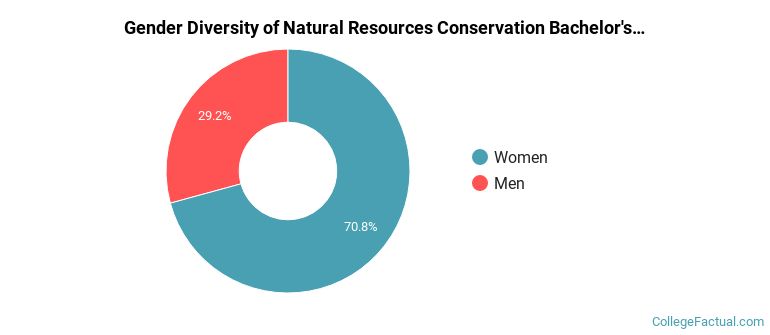
The following table and chart show the ethnic background for students who recently graduated from University of California - Santa Barbara with a bachelor's in conservation.
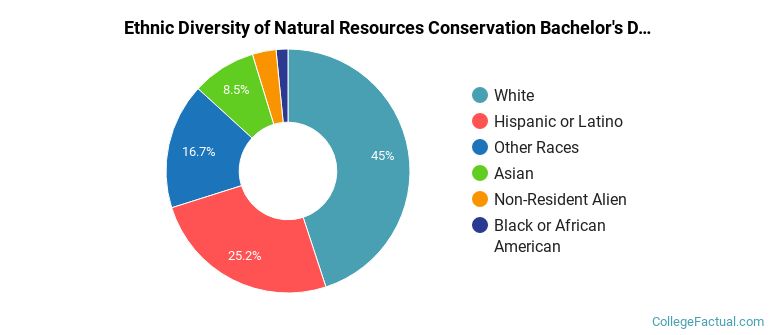
| Ethnic Background | Number of Students |
|---|---|
| Asian | 27 |
| Black or African American | 5 |
| Hispanic or Latino | 80 |
| White | 143 |
| Non-Resident Aliens | 10 |
| Other Races | 53 |
UCSB does not offer an online option for its conservation bachelor’s degree program at this time. To see if the school offers distance learning options in other areas, visit the UCSB Online Learning page.
Conservation majors graduating with a master's degree from UCSB make a median salary of $55,039 a year. This is less than what their typical peers from other schools make. Their median salary is $55,058.
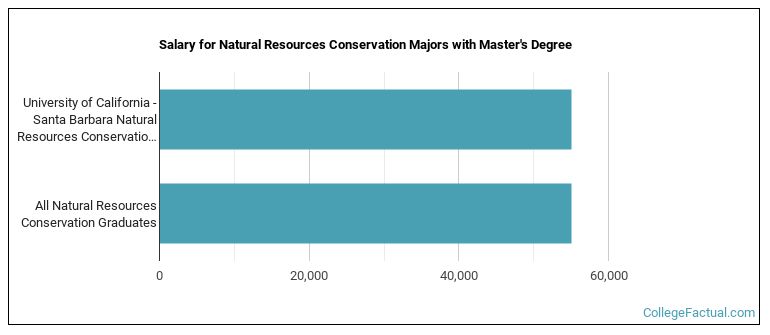
In the 2021-2022 academic year, 79 students earned a master's degree in conservation from UCSB. About 66% of these graduates were women and the other 34% were men.
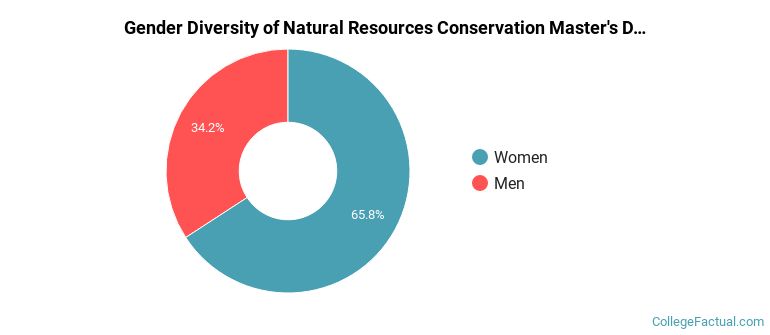
The majority of the students with this major are white. About 66% of 2022 graduates were in this category.
The following table and chart show the ethnic background for students who recently graduated from University of California - Santa Barbara with a master's in conservation.
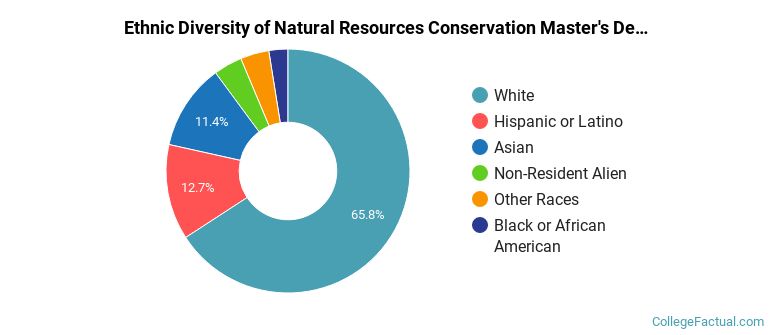
| Ethnic Background | Number of Students |
|---|---|
| Asian | 9 |
| Black or African American | 2 |
| Hispanic or Latino | 10 |
| White | 52 |
| Non-Resident Aliens | 3 |
| Other Races | 3 |
Take a look at the following statistics related to the make-up of the conservation majors at University of California - Santa Barbara.
More about our data sources and methodologies.